Temperature’s Role in Absorbing THC & CBD from Cannabis Strains
Understanding thermodynamics is crucial for maximizing the effects of cannabis, especially the most…….
In the ever-evolving landscape of cannabis, the quest for potency has captivated cultivators, researchers, and enthusiasts alike. The term “most potent cannabis strains” refers to varieties that boast exceptionally high levels of tetrahydrocannabinol (THC), the primary psychoactive compound responsible for its characteristic effects. This article aims to delve into the intricate world of these powerful strains, exploring their history, global impact, economic implications, technological innovations, regulatory landscape, and the challenges they present. By examining these aspects, we will gain a comprehensive understanding of why potent cannabis strains matter and what the future holds for this dynamic industry.
Potency, in the context of cannabis, is measured by the concentration of THC, often expressed as a percentage. The most potent strains typically contain THC levels exceeding 20%, with some rare varieties even reaching upwards of 30%. Other significant cannabinoids like cannabidiol (CBD) also play a role, offering potential therapeutic benefits and modulating the overall effects of THC. The combination of these compounds contributes to the unique experiences and medicinal properties associated with potent cannabis strains.
The pursuit of potency in cannabis has deep roots. As early as the 1960s, researchers began to isolate and study individual cannabinoids, sparking interest in their potential therapeutic applications. However, it was not until the 1990s that genetic selection and breeding techniques advanced enough to create intentionally potent strains. These early efforts laid the foundation for today’s high-potency cannabis market, driven by both recreational and medicinal uses.
Potent strains have gained significant attention due to their potential to offer more intense and diverse effects, catering to a wide range of consumer preferences and medical needs. From providing powerful pain relief to inducing profound relaxation and even creative inspiration, these strains have become a cornerstone of cannabis-based medicine and recreation.
The global cannabis market, driven largely by the increasing acceptance and legalization of recreational and medicinal use, has experienced tremendous growth. According to a report by Grand View Research, the global legal cannabis market size was valued at USD 24.5 billion in 2020 and is expected to expand at a CAGR of 27.3% from 2021 to 2028. The demand for potent strains has been a significant contributor to this growth, with consumers seeking more intense experiences and tailored treatments.
North America: Leading the charge in cannabis legalization, North America has seen a surge in hybrid and indica-dominant strains with high THC content. States like Colorado and California have become hotspots for potent strain development and cultivation.
Europe: With a growing medicinal cannabis market, Europe is witnessing an increase in demand for standardized, high-potency products. This trend has led to advanced breeding programs focused on creating consistent, potent varieties.
Asia: As countries like Canada and Japan move towards legalization, there is a rising interest in exotic strains with unique terpene profiles and high THC levels.
South America: Known for its rich cannabis heritage, South American cultivators are now focusing on modern breeding techniques to produce top-tier, potent strains for both local and international markets.
The economic implications of most potent cannabis strains are profound. High-potency varieties often command premium prices due to their scarcity, intense effects, and targeted therapeutic benefits. This has led to a dynamic market where cultivators invest heavily in breeding programs and advanced cultivation techniques to create the next generation of super-potent strains.
Private equity firms and venture capitalists have shown increased interest in the cannabis industry, particularly in companies specializing in potent strain development and cultivation. Startups focused on genetic engineering and biotechnology are attracting significant funding, reflecting the market’s demand for innovative solutions to enhance potency and yield.
The economic impact of potent strains extends beyond direct sales. They have driven innovation in packaging, distribution, and product formulation, creating new job opportunities and revenue streams. Moreover, they have fueled the development of complementary industries, such as cannabis-infused food and beverage production, further expanding the economic landscape.
One of the most significant technological advancements is genetic engineering, which allows for precise manipulation of a plant’s DNA. Scientists can now identify and isolate genes responsible for high THC levels, ensuring consistent and predictable potency in subsequent generations. This technique has led to the creation of super-potent strains with unique terpene profiles, catering to diverse consumer preferences.
Indoor hydroponic systems and precision agriculture technologies have revolutionized cultivation practices. Growers can now control environmental factors with unparalleled accuracy, optimizing conditions for high-potency production. LED lighting, climate control, and advanced nutrient formulations enable cultivators to unlock the full potential of cannabis plants.
Advanced analytical tools, such as gas chromatography-mass spectrometry (GC-MS), allow for precise THC and CBD analysis, ensuring product quality and consistency. These instruments help cultivators monitor terpene profiles and identify specific compounds responsible for unique effects, further refining strain development.
The legal status of cannabis varies widely globally, with some countries fully legalizing both medical and recreational use, while others maintain strict prohibitions. Within legal markets, regulations vary regarding potency limits, packaging requirements, and labeling standards. For example, some jurisdictions set a maximum THC limit of 10-15%, while others allow for unrestricted potency.
Regulatory bodies worldwide are grappling with the challenges posed by high-potency cannabis. As potency increases, so do potential health risks, including psychological dependence, cognitive impairment, and adverse reactions in vulnerable individuals. Regulators are working to establish safety standards, age restrictions, and education programs to mitigate these risks.
One of the primary challenges with potent strains is ensuring safety and consistency. High THC levels can lead to unpredictable effects, and some consumers may be more susceptible to adverse reactions. Cultivators must employ rigorous testing and quality control measures to guarantee product safety and potency.
The high cost of premium, potent strains can create access barriers for lower-income consumers. Ensuring equitable access to a diverse range of cannabis products, including high-potency varieties, is essential for addressing health disparities and promoting public health.
With increasing legalization, public education about cannabis use becomes increasingly critical. Educating consumers about the potential risks and benefits of potent strains, responsible use, and recognizing adverse reactions are crucial tasks for healthcare providers and policymakers.
The future of most potent cannabis strains lies in hybridization and genetic diversification. By combining different cannabinoids and terpene profiles, cultivators can create unique, highly effective varieties tailored to specific medical conditions or consumer preferences. This approach may lead to the development of specialized strains for anxiety relief, sleep aid, or pain management.
The medical potential of potent cannabis strains continues to be a driving force behind research and development. As our understanding of cannabinoids deepens, we may witness the emergence of novel treatment modalities utilizing highly targeted, potent varieties for various conditions, from multiple sclerosis to post-traumatic stress disorder (PTSD).
As more countries adopt cannabis for medical and recreational use, global harmonization of regulations and standards becomes increasingly important. Standardized potency levels, packaging, and labeling could ensure consistency across borders, facilitating international trade while protecting consumer safety.
Most potent cannabis strains represent the pinnacle of cannabinoid-rich plants, offering both remarkable therapeutic potential and intense experiences. Their global impact has reshaped the cannabis industry, driving technological innovations, economic growth, and evolving regulatory landscapes. As we move forward, addressing challenges related to safety, access, and education will be crucial while embracing the future prospects of this dynamic sector. The ongoing exploration and understanding of potent strains will undoubtedly shape the course of cannabis’ legal, medicinal, and recreational evolution worldwide.

Understanding thermodynamics is crucial for maximizing the effects of cannabis, especially the most…….
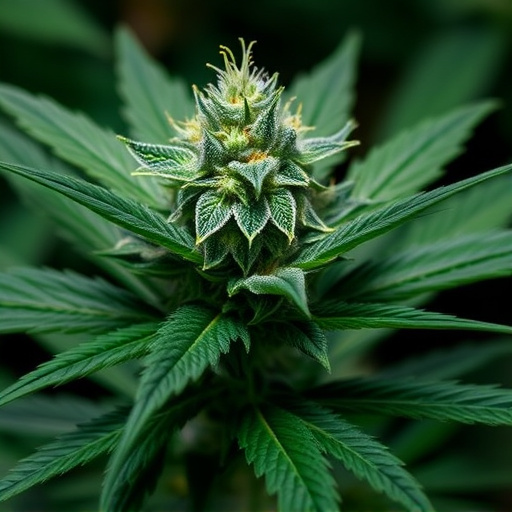
The growing interest in effective pain relief through cannabis has spotlighted its most potent strai…….

Knowing your limits with cannabis is crucial for a safe and enjoyable experience. Recognize early si…….
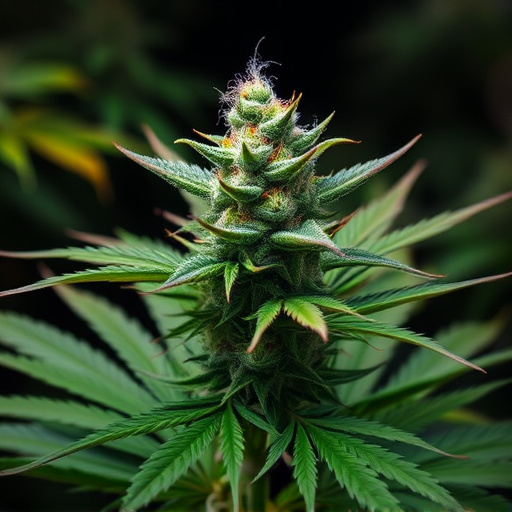
Geographical factors like climate, elevation, and water proximity significantly influence the qualit…….
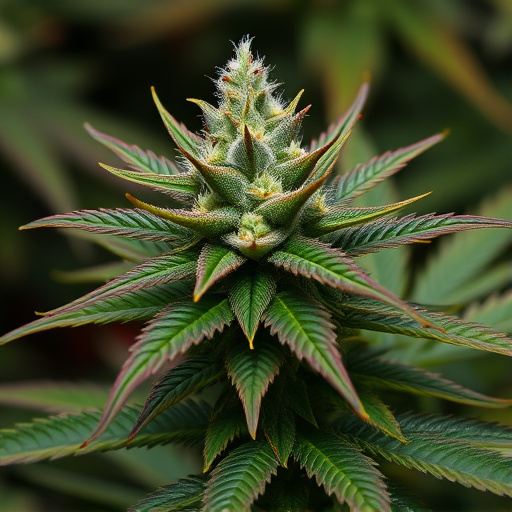
The rising potency of cannabis, especially with strains exceeding 30% THC, necessitates a cautious a…….
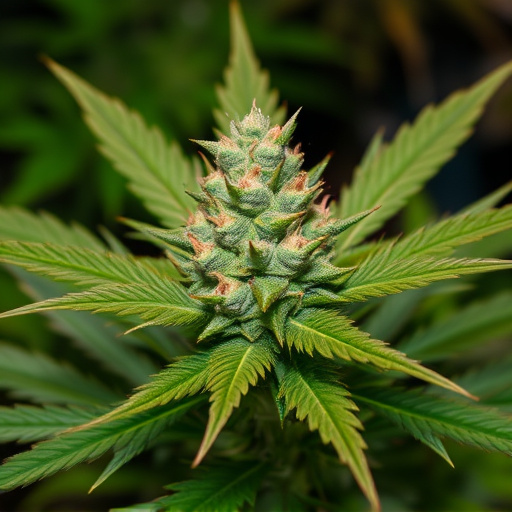
Cannabis genetics play a crucial role in determining strain potency and visual appeal, influencing s…….

THC in high-potency cannabis strains interacts with our endocannabinoid system, influencing hormones…….
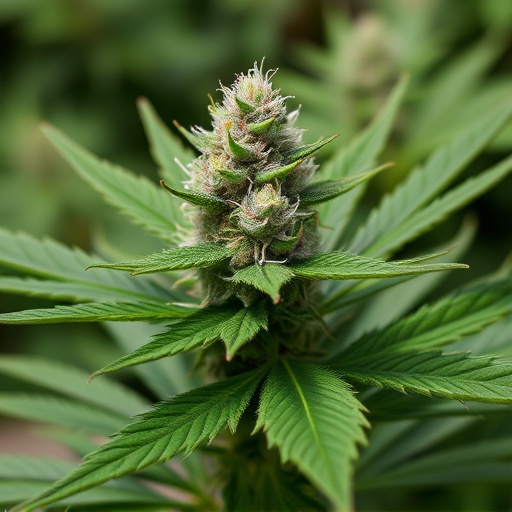
Cannabidiol (CBD), a non-intoxicating cannabis compound, is gaining popularity for its diverse thera…….

Cannabis enthusiasts seek hybrid strains for their unique balance of sativa and indica traits, offer…….